#Scandium
Text
Round 2 - Matchup 20
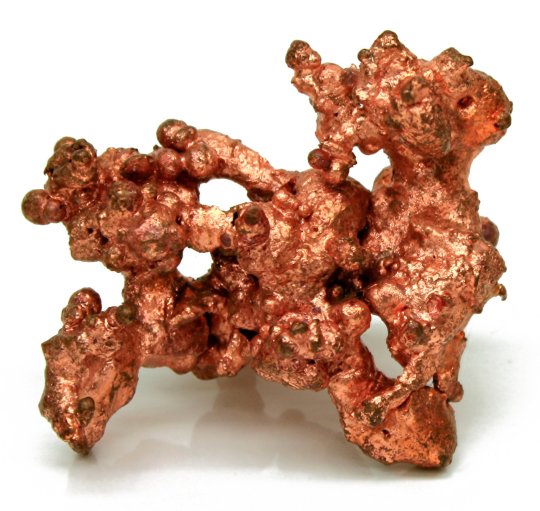

Copper 29 (Cu) - It's a cool colour! It's antimicrobial! It oxidises into a cool green colour! Also great for moving electricity around inside stuff!
vs
Scandium 21 (Sc) - Hard to get and not super useful, but it does account for the blue in aquamarine crystals.
200 notes
·
View notes
Text
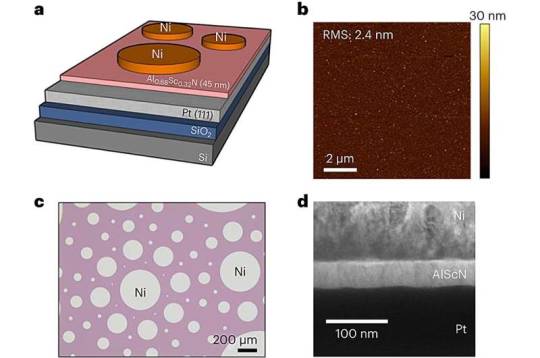
Turning up the heat on data storage: New memory device paves the way for AI computing in extreme environments
A smartphone shutting down on a sweltering day is an all-too-common annoyance that may accompany a trip to the beach on a sunny afternoon. Electronic memory within these devices isn't built to handle extreme heat.
As temperatures climb, the electrons that store data become unstable and begin to escape, leading to device failure and loss of information. But what if gadgets could withstand not just a hot summer day but the searing conditions of a jet engine or the harsh surface of Venus?
In a paper published in the journal Nature Electronics, Deep Jariwala and Roy Olsson of the University of Pennsylvania and their teams at the School of Engineering and Applied Science demonstrated memory technology capable of enduring temperatures as high as 600° Celsius—more than twice the tolerance of any commercial drives on the market—and these characteristics were maintained for more than 60 hours, indicating exceptional stability and reliability.
Read more.
#Materials Science#Science#Data storage#Temperature#Ferroelectric#Aluminum#Scandium#Nitrides#Layered materials#University of Pennsylvania
8 notes
·
View notes
Text
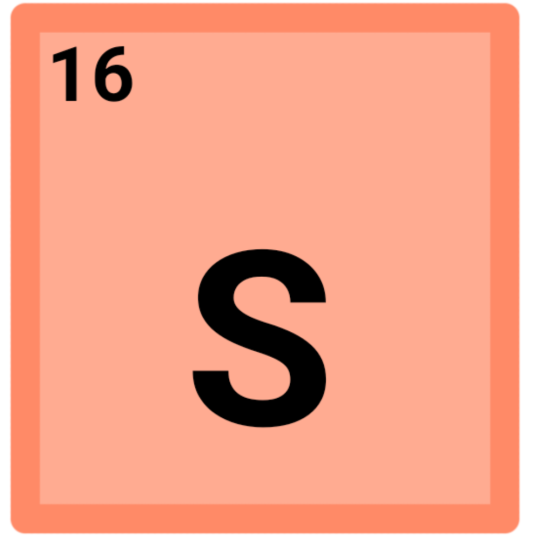
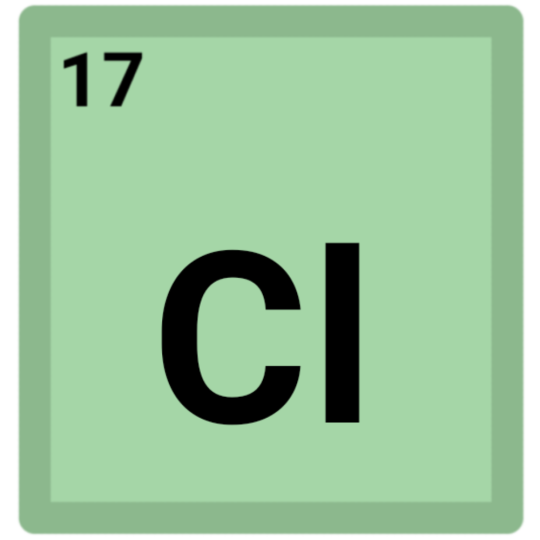
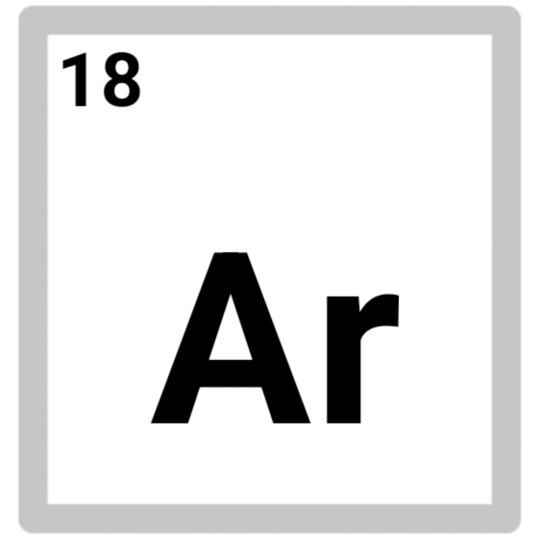
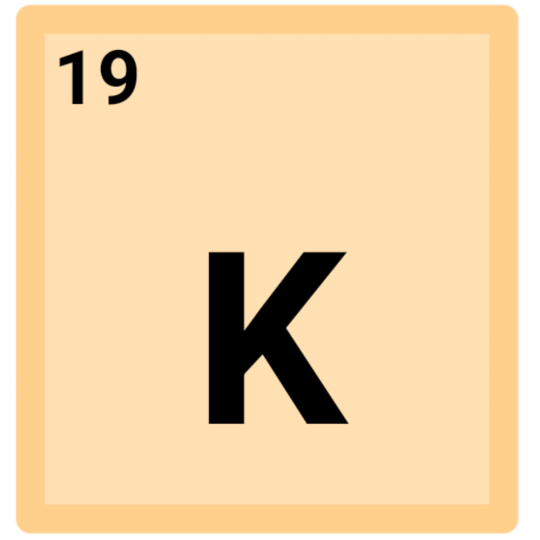
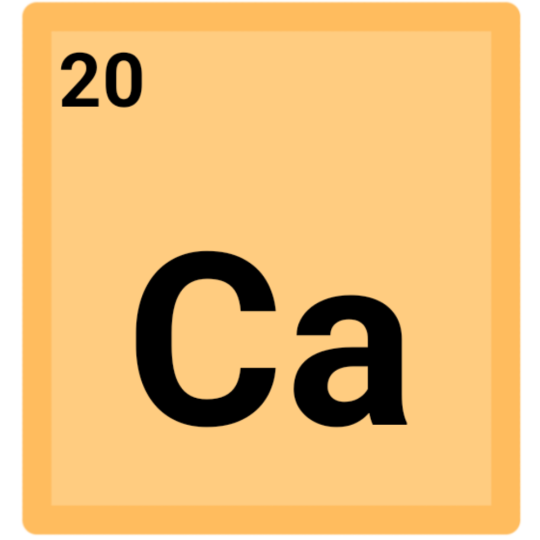


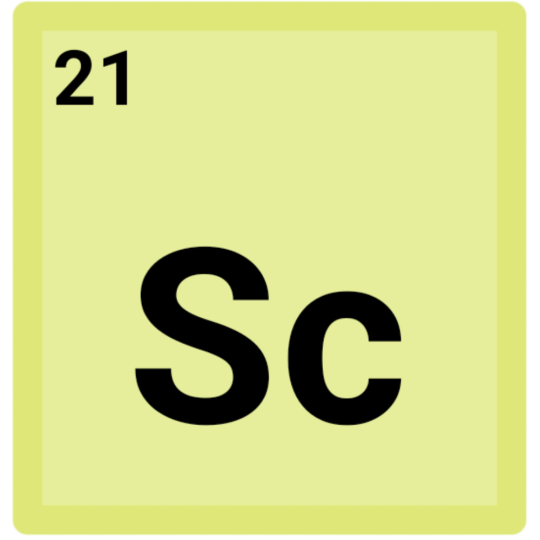
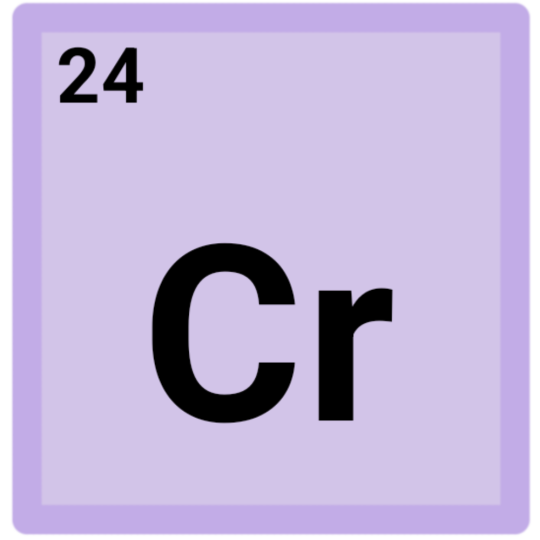
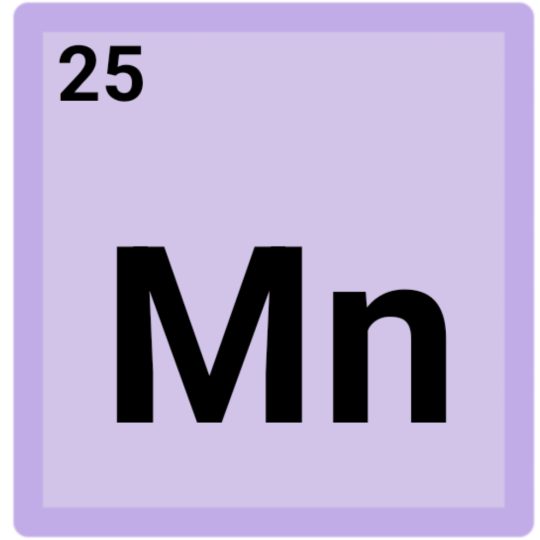
Elements!
Scandium
Chlorine
Argon
Potassium
Calcium
Vanadium
Titanium
Scandium
Chromium
Manganese
[No spoons for ID rn]
#custom emote#emotes#discord emoji#custom emoji#discord emote#emoji#aac symbol#aac emoji#aac image#sfw interaction only#periodic table of elements#periodic table#elements#cobalt#iron#Manganese#chromium#vanadium#Titanium#Scandium#calcium#Chlorine#potassium#Argon#antis dni#ns/fw dni#proship dni#N30N symbols
3 notes
·
View notes
Text
Round 3 - Period 4, D-Block
#polls#periodic table#chemistry#scandium#titanium#vanadium#chromium#manganese#iron#cobalt#nickel#copper#zinc
5 notes
·
View notes
Text

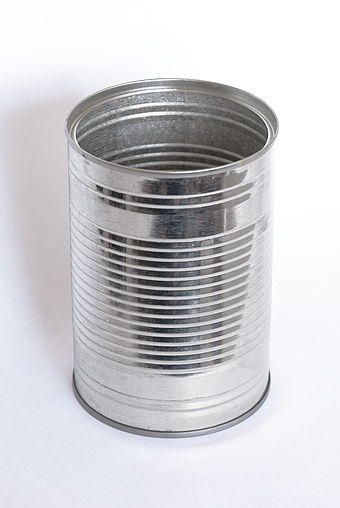
#periodic table poll#periodic table of elements#scandium#tin#science#chemistry#polls#bracket poll#round 2#branch d
13 notes
·
View notes
Text

ATOMStober
Day 2. Lamp
———

Day 3. Wings
#ATOMS#Sc#scandium#transition metal#U#uranium#actinides#periodic table#chemistry#science#elements#character#illustration#digital painting#procreate#chibi art#web comics#inktober#intober2022#ATOMStober#Dreamnightober#gijinka
22 notes
·
View notes
Text
Round 1.2: Scandium (21) vs. Ruthenium (44)
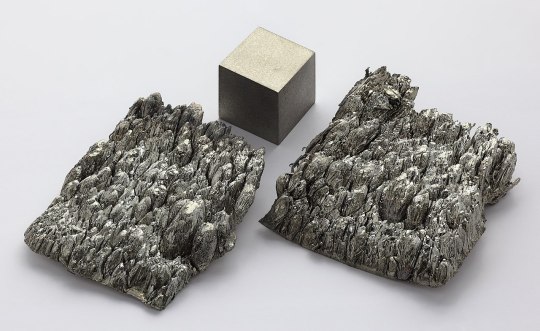
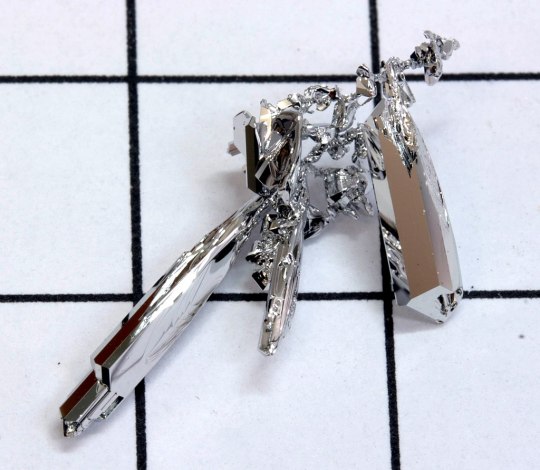
Scandium (21)
Scandium is a silvery-white and reactive metal named for the northern part of Europe, Scandinavia. While a common element, little is produced due to the difficulty of purification and a lack of demand until recently. It's only major usages is in aluminum alloys to help strengthen them in aircraft and in certain metal-gas lamps. A good element all around for a reactive and nice fuck.
Ruthenium (44)
Ruthenium is a silver white metal in the platinum group, named for Ruthenia, an older latin term for Russia. Exhibiting similar electric and catalysil traits as other platinum group elements, it is no surprise that the majority of Ruthenium is used in electronics, catalysis, and similar applications. Good for the russophiles out there
#fuckable elements poll#a european showdown in the naming conventions#yes i know ruthenia often refers to the ukraine in modern times#but the discoverer named ruthenia with russia in mind#scandium#ruthenium
4 notes
·
View notes
Text
TRANSITION METALS:
ROUND 1 POLL 19

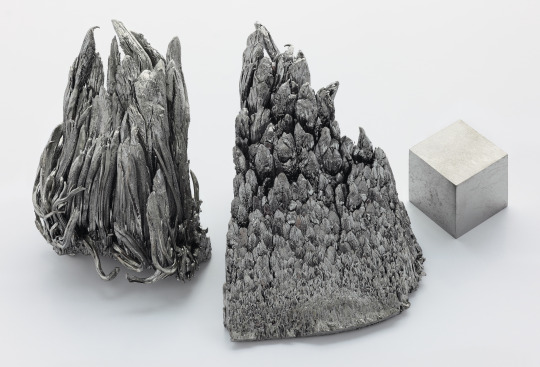
SCANDIUM:
Mostly used for research, but has great potential for building purposes because it has almost as low a density as aluminium and a much higher melting point
YTTRIUM:
Can be easily confused with ytterbium
4 notes
·
View notes
Text
For most of the history of civilisation we’ve exploited a pretty small selection of metals, including copper and tin for bronze-age tools, iron for steel, and lead, gold and silver. Our repertoire has begun to diversify over the past century or so, with the widespread use of aluminium and other new metals. But in the past few decades the number of different metals we wield in our technological society has absolutely exploded. A modern smartphone contains more than 30 different elements. These include carbon and hydrogen in the plastic casing, silicon for the microchip wafers, and copper wiring and gold contacts. But there are also small amounts of a large number of other metals, each exploited for its own particular electronic properties, or for the tiny, powerful magnets used in the speaker and vibration motor. This means that if you own a smartphone, you have in your pocket a substantial fraction of all the stable elements of the periodic table. And it’s not just modern electronics that demand a huge diversity of different metals. So too do the high-performance alloys used in the turbines of a power station or aircraft jet engine, or the reaction-accelerating catalysts that we use in industrial chemistry for refining oil, producing plastics or synthesising modern medicinal drugs. Yet most of us have never even heard of many of these critical metals – elements with exotic names like tantalum, yttrium or dysprosium.
The concern is that unlike widespread resources like iron or nitrogen, several of these elements crucial to the modern world may become prohibitively scarce. These have become known as the endangered elements. In response to the Mendeleev anniversary, the European Chemical Society (EuChemS) has released a version of the periodic table (see above) to highlight the elements that are most at risk over the coming decades.
Helium, for example is considered to be under serious threat in the next 100 years. It is the second most abundant element in the universe, but preciously rare on Earth because it is light enough to simply escape from the top of our atmosphere. The helium we do use is effectively mined from deep underground, usually along with natural gas, as it is produced as radiation particles from the decay of elements like uranium. Helium is very useful – as a cooling liquid for the superconducting magnets in hospital MRI scanners, for example, or as an extremely light gas for weather balloons and airships. But once it leaks into the air it is lost for ever, and there are concerns over meeting supply in the future. With this perspective, its frivolous use in party balloons seems almost painfully wasteful.
Many of these endangered elements are the sort of exotic metals used in modern electronics, and indeed the supply of 17 elements needed for smartphones may give cause for concern in years to come. Particularly worrying is the fact that many of those facing potential scarcity are exactly the elements we need for the green technologies to replace our reliance on fossil fuels – those used in rechargeable batteries, solar panels, and the powerful magnets within the motors of electric cars or generators in wind turbines. Gallium, for example, is needed for integrated circuits, solar panels, blue LEDs and laser diodes for Blu-ray Discs. Indium is used in everything from TVs to laptops, and in particular the touch-sensitive screens of modern smartphones and tablets. It is estimated that at current usage rates, available indium will be used up in 50 years and will become very expensive to collect and purify.
Except for helium, the problem isn’t that these scarce elements actually become lost to the planet, but that they become too expensive to mine or too dispersed to recycle effectively. “Rare earth elements”, such as yttrium, dysprosium, neodymium and scandium, are actually relatively plentiful in the Earth’s crust but aren’t geologically concentrated into rich ores. This means that they can’t be extracted economically in many areas of the world. And once they have been manufactured as tiny components within an electronic device, they can be even harder to reclaim and recycle. EuChemS calculates that 10m smartphones are discarded or replaced every month in the EU alone, and so serious action is needed to tackle these challenges of elemental scarcity.
#current events#environmentalism#capitalism#manufacturing#science#chemistry#mining#tantalum#yttrium#dysprosium#helium#indium#neodymium#scandium#dmitri mendeleev#periodic table
6 notes
·
View notes
Photo

Repost from • @fixedpoets Light Bike..🪶👾🚲⚙️ . . #dosnoventaseoul #scandium . . #fixedpoets #fixie #fixed #fixiebikes #fixieporn #fixiegram #sundayinthesun #fixedgear #fixedstyle #savethetrackbike #nobrakes #brakeless #bycicle #cyclingpassion #bikelovers #bikelifestyle #urbanbike #urbanride #bikecollection #dosnoventa #brothers #collection #carbonwheels #lightbike #hizokucycles Visit Hizokucycles.com for all kinds of cycling gear 🤘 https://www.instagram.com/p/CnvD_rkvgtt/?igshid=NGJjMDIxMWI=
#dosnoventaseoul#scandium#fixedpoets#fixie#fixed#fixiebikes#fixieporn#fixiegram#sundayinthesun#fixedgear#fixedstyle#savethetrackbike#nobrakes#brakeless#bycicle#cyclingpassion#bikelovers#bikelifestyle#urbanbike#urbanride#bikecollection#dosnoventa#brothers#collection#carbonwheels#lightbike#hizokucycles
5 notes
·
View notes
Text
The Rare Earth - Thorium Link
Chapter 10: The Rare Earth's Thorium Link
How Rare Earths are often discarded as radioactive waste and how the Thorium contained within could provide clean safe and cheap nuclear power
Currently the EPA requires that Thorium (often found in association with rare earth minerals) must be handled in a "...a very specific and costly way...".... causing rare earth mining in the United States to be "prohibitively expensive." .... however, both the environmental and economic problems associated with rare earth mining and processing in the US might be solved ...(by Thorium extraction and utilization) because Thorium can be used in a special type of nuclear reactor which has been shown to be proliferation resistant and safer than the High Pressure Water Reactors which are based on Uranium.
While there are currently no operating Thorium reactors, in the 1960s there was a Thorium fed Liquid Fluoride Salt Reactor at Oakridge National Laboratory that operated without incident for years until it was shut down by Congress in favor of fast breeder reactors.
#rare earth metals#rare earth minerals#rare earth elements#thorium#green energy#nuclear power#technology#mining#nuclear reactor#Chinese competition#national security#neodymium#samarium#Yttrium#Scandium#Cerium
4 notes
·
View notes
Text
Round 1 - Part 3 - Matchup 4
Americium vs Scandium
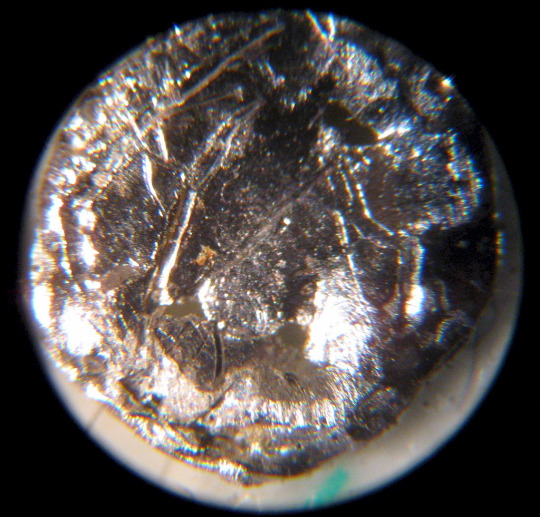
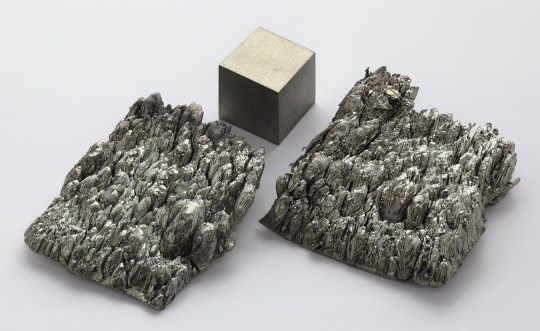
16 notes
·
View notes
Text
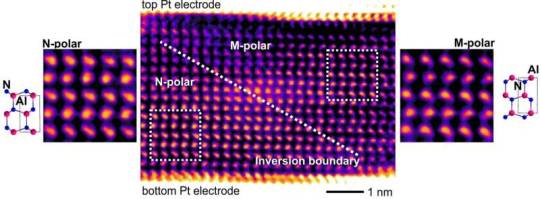
Tiny memory cell withstands extreme temperatures, enables smaller and better semiconductors for microelectronics
Materials scientists at Kiel University and the Fraunhofer Institute for Silicon Technology in Itzehoe (ISIT) have cleared another hurdle in the development and structuring of new materials for next-generation semiconductor devices, such as novel memory cells.
They have shown that ferroelectric aluminum scandium nitride can be scaled down to a few nanometers and can store different states, making it suitable as a nanoswitch. In addition, they have proved aluminum scandium nitride to be a particularly stable and powerful semiconductor material for current technologies based on silicon, silicon carbide and gallium nitride. In contrast to today's microelectronics, the material can withstand extreme temperatures of up to 1,000°C.
This opens up applications such as information storage or sensors for combustion processes in engines or turbines in both the chemical industry and in the steel industry. The results were published in the journal Advanced Science. The study was part of a research project that brings together basic research in materials development and applications in microelectronics.
Read more.
#Materials Science#Science#Electronics#Semiconductors#Temperature#Kiel University#Ferroelectric#Aluminum#Scandium#Nitrides
16 notes
·
View notes
Text

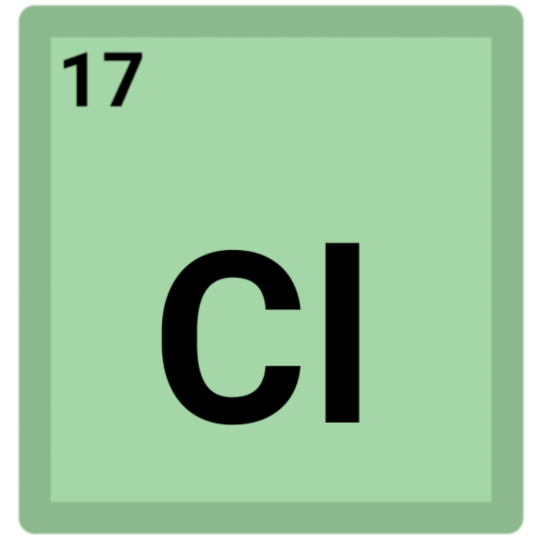
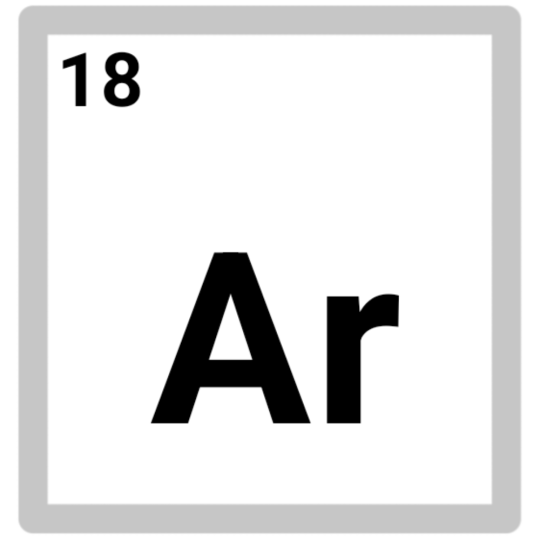
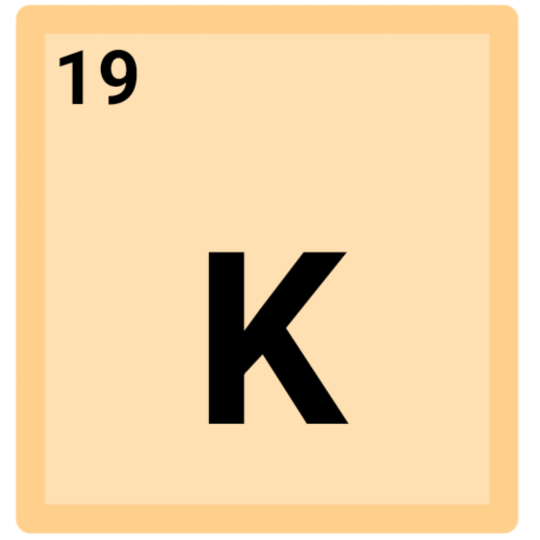

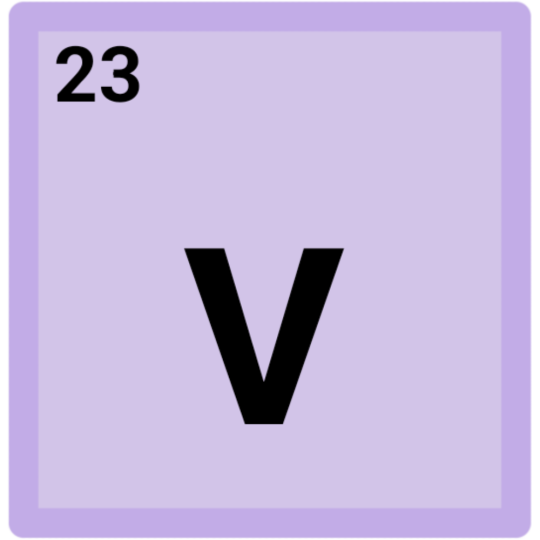
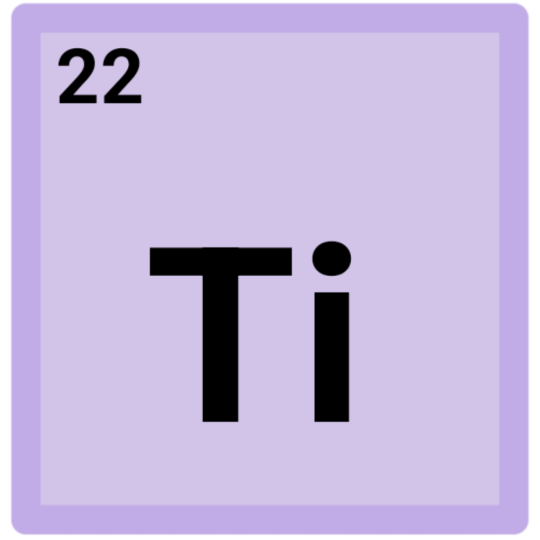



Elements!
Scandium
Chlorine
Argon
Potassium
Calcium
Vanadium
Titanium
Scandium
Chromium
Manganese
#custom emote#emotes#discord emoji#custom emoji#discord emote#emoji#aac symbol#aac emoji#aac image#sfw interaction only#periodic table of elements#periodic table#elements#cobalt#iron#Manganese#chromium#vanadium#Titanium#Scandium#calcium#Chlorine#potassium#Argon#antis dni#ns/fw dni#proship dni#N30N symbols
2 notes
·
View notes
Text
friggin. sweden. has too many elements named after it. they have five and one third elements. someone tell sweden to chill tf out before they name element 119 after themselves too
#Sweden#Periodic table#Elements#Yttrium#Ytterbium#Terbium#Erbium#Scandium#more like scandinavium amirite#Holmium#science side of tumblr#y'all need to know this
5 notes
·
View notes
Text
21. Scandium
youtube
Scandium, one of the elements of all time. It's quite useful for alloying with aluminum for increasing strength (something about the grain of the metal), and also apparently chemically quite similar to lanthanum? (So historically it has been classified as a lanthanide alongside yttrium? I don't know how the periodic table works.)
2 notes
·
View notes